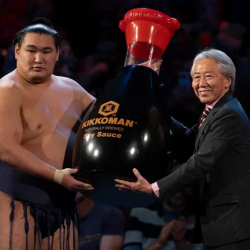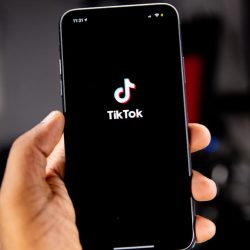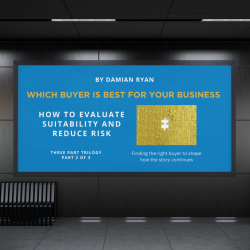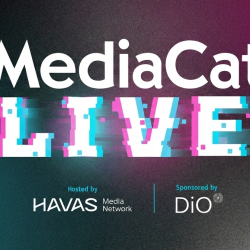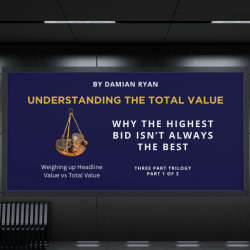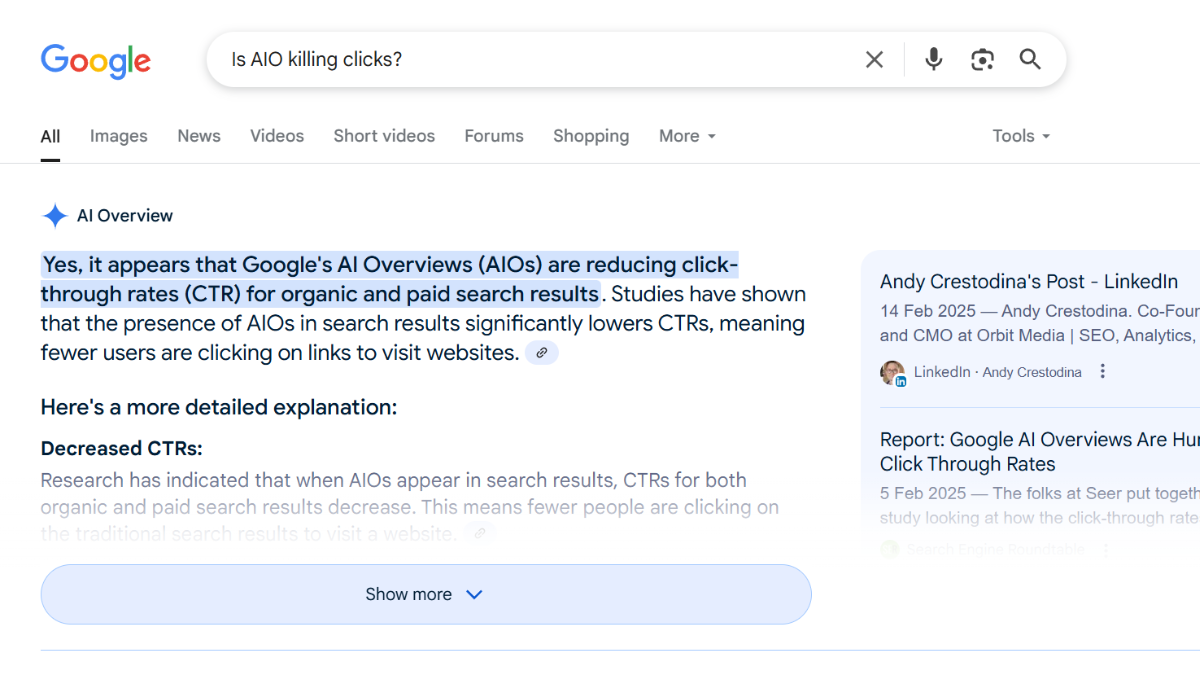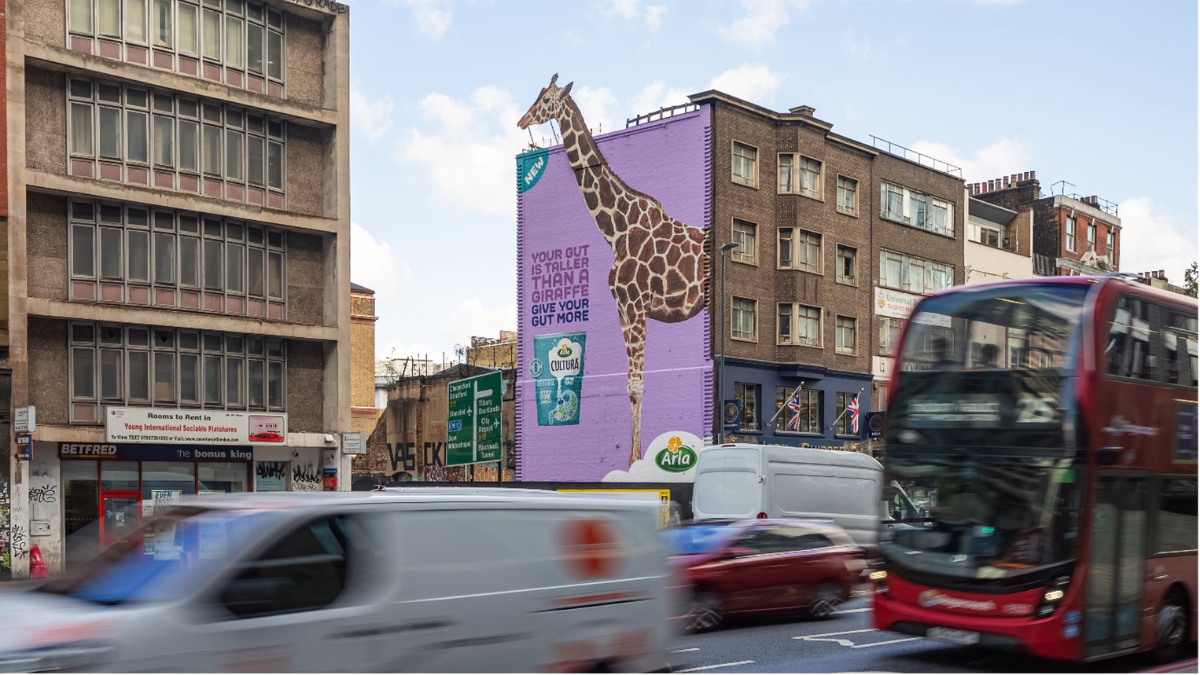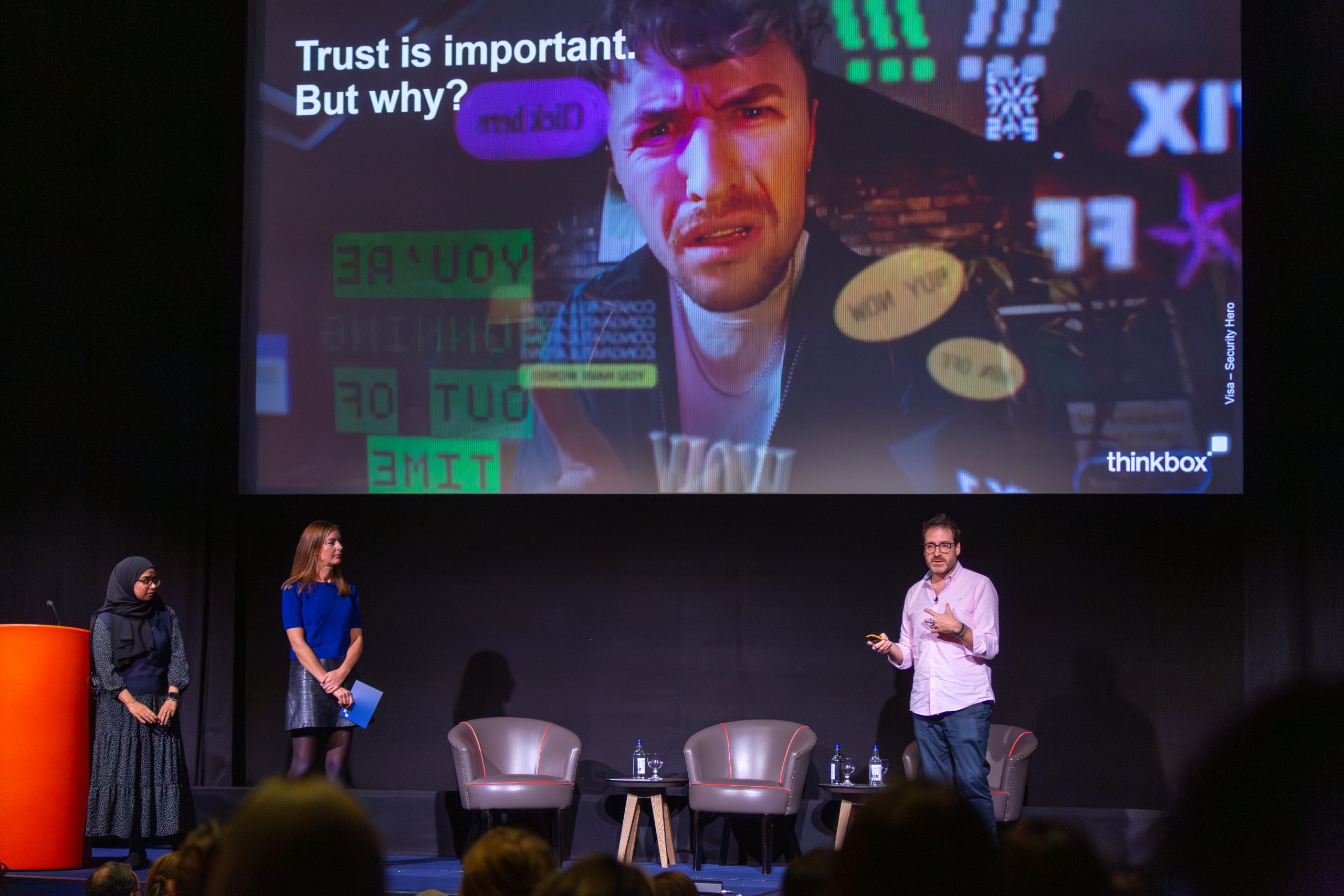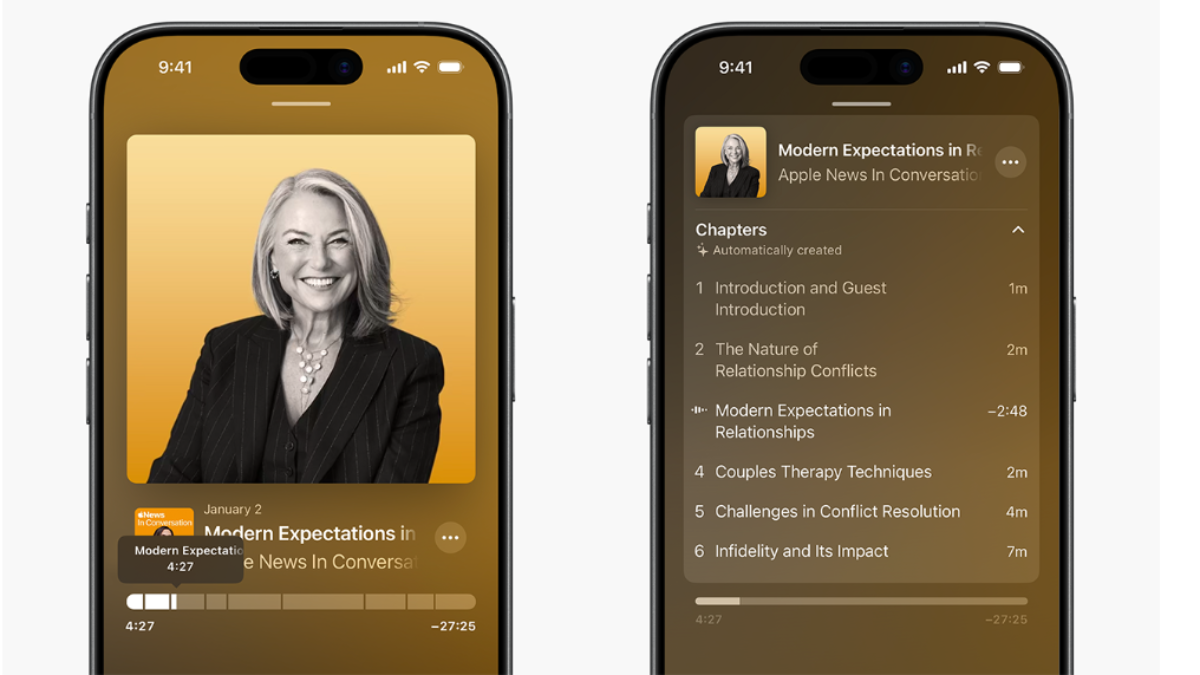The impact of Google’s AI Overviews (AIOs) on user behaviour has been laid bare by a study, which confirms what many in media and publishing have long feared. As author Kevin Indig puts it — ‘AIOs kill clicks.’
Conducted by Indig in collaboration with Eric van Buskirk, the study tracked 70 US users across eight real-world Google tasks. Their screens, scrolls, clicks and commentary were recorded and analysed, culminating in 400 AIO encounters, 29 hours of footage and over 13,000 words of annotations.
The results make grim reading for publishers, and anyone reliant on organic traffic. When an AIO appears, outbound click-through rates drop by two-thirds on desktop and nearly half on mobile. Even being cited in the overview may not help as 70% of users don’t read beyond the top third of the panel. While average dwell time sits between 30 and 45 seconds, indicating meaningful engagement, most users are simply skimming for quick answers. If your brand isn’t mentioned early, it’s effectively invisible.
According to Indig, this marks a fundamental shift in search: ‘Visibility, not raw referral traffic, is becoming the main currency of organic search.’
He added: ‘Search has flipped from a click economy to a visibility economy. And within that economy, the new currency is authority, which now outranks search intent relevance.
‘If I had to boil the findings down to one sentence, it would be this: users treat an AIO as a fact sheet. They quickly scan, expand if needed, and use minimal internal navigation.’
Surprisingly, trust in AI appears higher than expected. Over half of users said they had ‘high trust’ in AIO summaries, while just 3.45% reported ‘low trust’. Still, the study shows that trust is more conditional than absolute. High-stakes queries, around finance or health for example, make users adopt a more skeptical approach to AIO results and look to validate
There’s some consolation for publishers. Eighty percent of users still move beyond the AIO, particularly for commercial or transactional queries. But Indig warns this doesn’t guarantee meaningful traffic. ‘Traffic loss is inevitable and probably impossible to compensate for’, he writes.
Generational splits are also stark. Older users continue to favour classic blue links. Younger users — particularly 25–34-year-olds — are far more likely to treat the AIO as the main answer and verify it via Reddit or YouTube. As Indig notes: ‘One-size-fits-all SEO practices don’t work anymore.’
The study offers blunt but actionable advice. Marketers should:
- Optimise for skimmers using key-fact boxes and bullet points;
- Shift KPIs from clicks to presence;
- Allocate resources to validation channels, such as Reddit or YouTube, as that’s where many residual clicks go after AIO;
- Invest in authority signals like expert reviewers, .gov/.edu citations, and PR that builds instant trust.
When a recognised brand or trusted site appeared, users chose it first in 58% of cases. Indig writes: ‘Trust is the gatekeeper. One of the biggest drivers of SEO success is how well you’ve earned ‘share of mind’ before someone even sees your brand in an AIO or search result.’
The results reflect accounts given by publishers who have noted a clear drop in web traffic since Google AIO was introduced last year. Carly Steven, director of SEO and editorial e-commerce at Mail Online, revealed the impact AIO was having on the site during a talk last week.
Speaking at the WAN-IFRA World News Media Congress, as reported by Press Gazette, Steven said: ‘On desktop, when we are ranking number one in organic search, it [clickthrough] effectively is about 13% on desktop and about 20% on mobile. When we are still ranking number one organically but there is an AI Overview present, that drops to less than 5% on desktop and 7% on mobile, so a pretty profound change in clickthrough.’
Steven said the appearance of AIO in search query leads to a 56.1% lower clickthrough rate on desktop and 48.2% lower on mobile. She called the drop ‘pretty shocking’.
Currently, AI Overviews appear in around 30% of Google searches, according to research from Momentic — a number that is expected to grow as Google continues its battle to win the AI arms race. For publishers and marketers, the implications are clear. The best strategy now is one that accepts clickthrough rates are in long-term decline and focuses instead on earning trust and gaining visibility.
